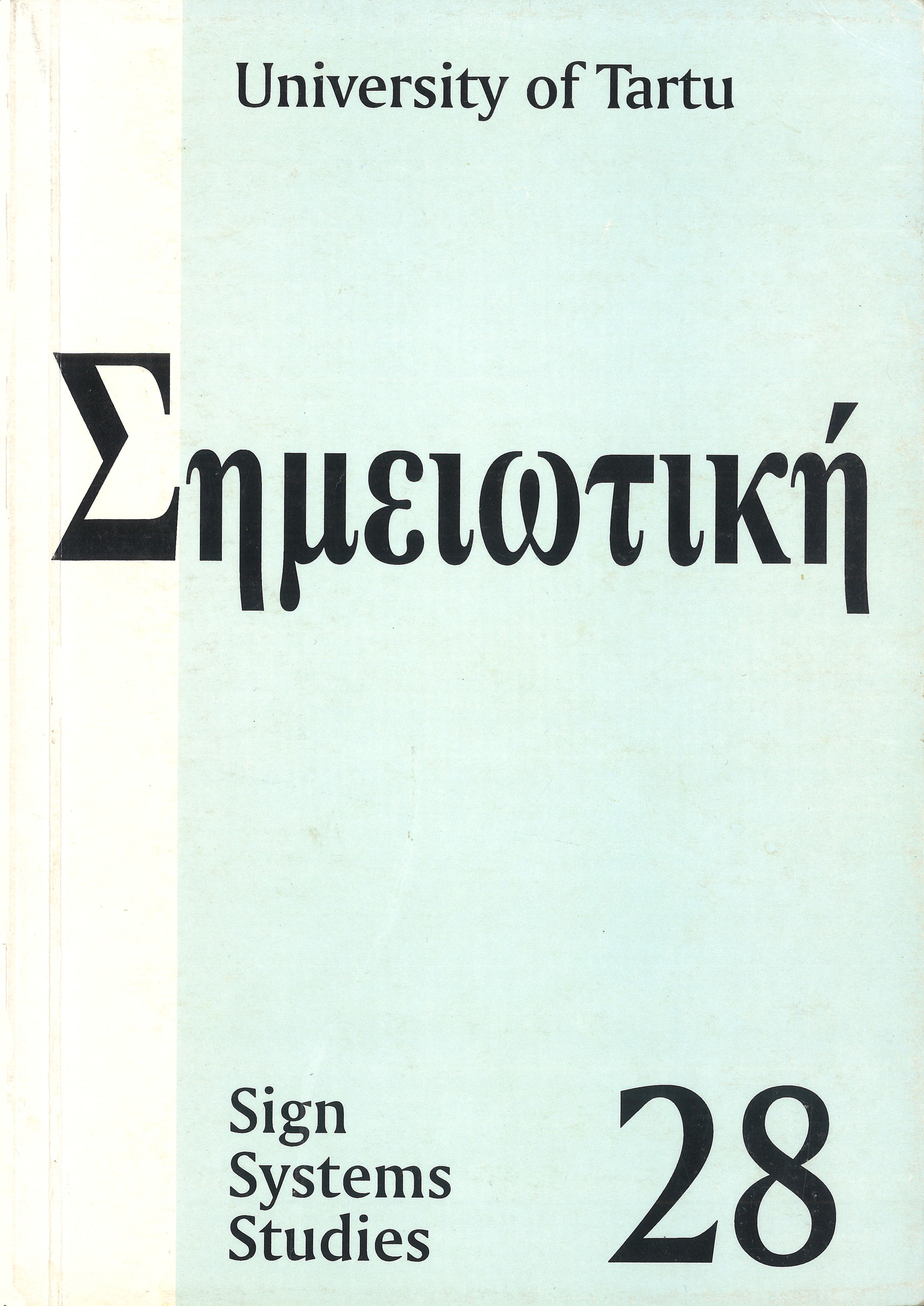Umberto Eco's semiotic threshold
DOI:
https://doi.org/10.12697/SSS.2000.28.03Abstract
The "semiotic threshold" is U. Eco's metaphor of the borderline between the world of semiosis and the nonsemiotic world and hence also between semiotics and its neighboring disciplines. The paper examines Eco's threshold in comparison to the views of semiosis and semiotics of C. S. Peirce. While Eco follows the structuralist tradition, postulating the conventionality of signs as the main criterion of semiosis, Peirce has a much broader concept of semiosis, which is not restricted to phenomena of culture but includes many processes in nature. Whereas Eco arrives at the conclusion that biological processes, such as the ones within the immune system, cannot be included in the program of semiotic research, Peirce's broader defmition of semiosis has meanwhile become thefoundation of semiotic studies in biology and medicine and hence in biosemiotics and medical semiotics.


